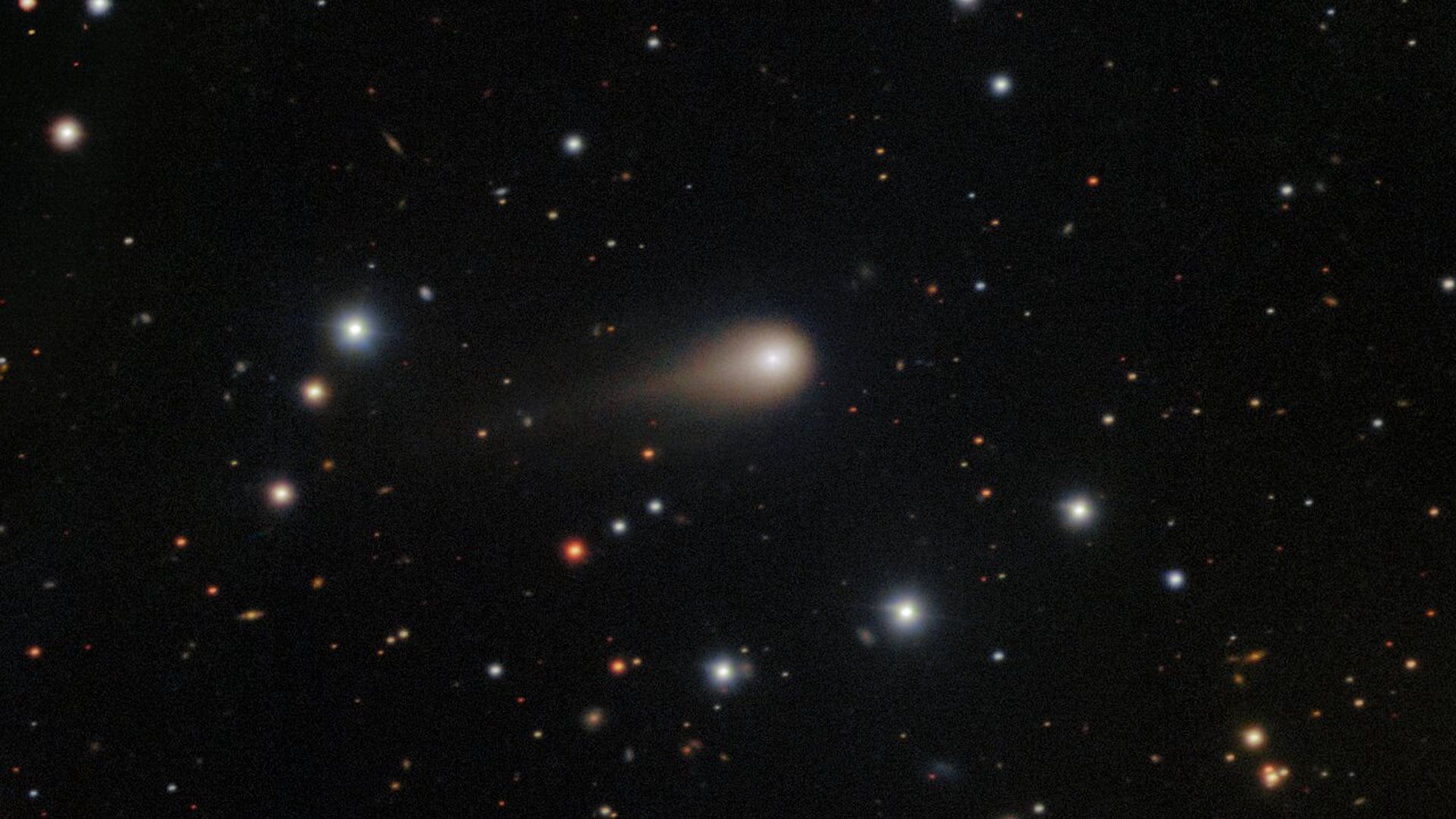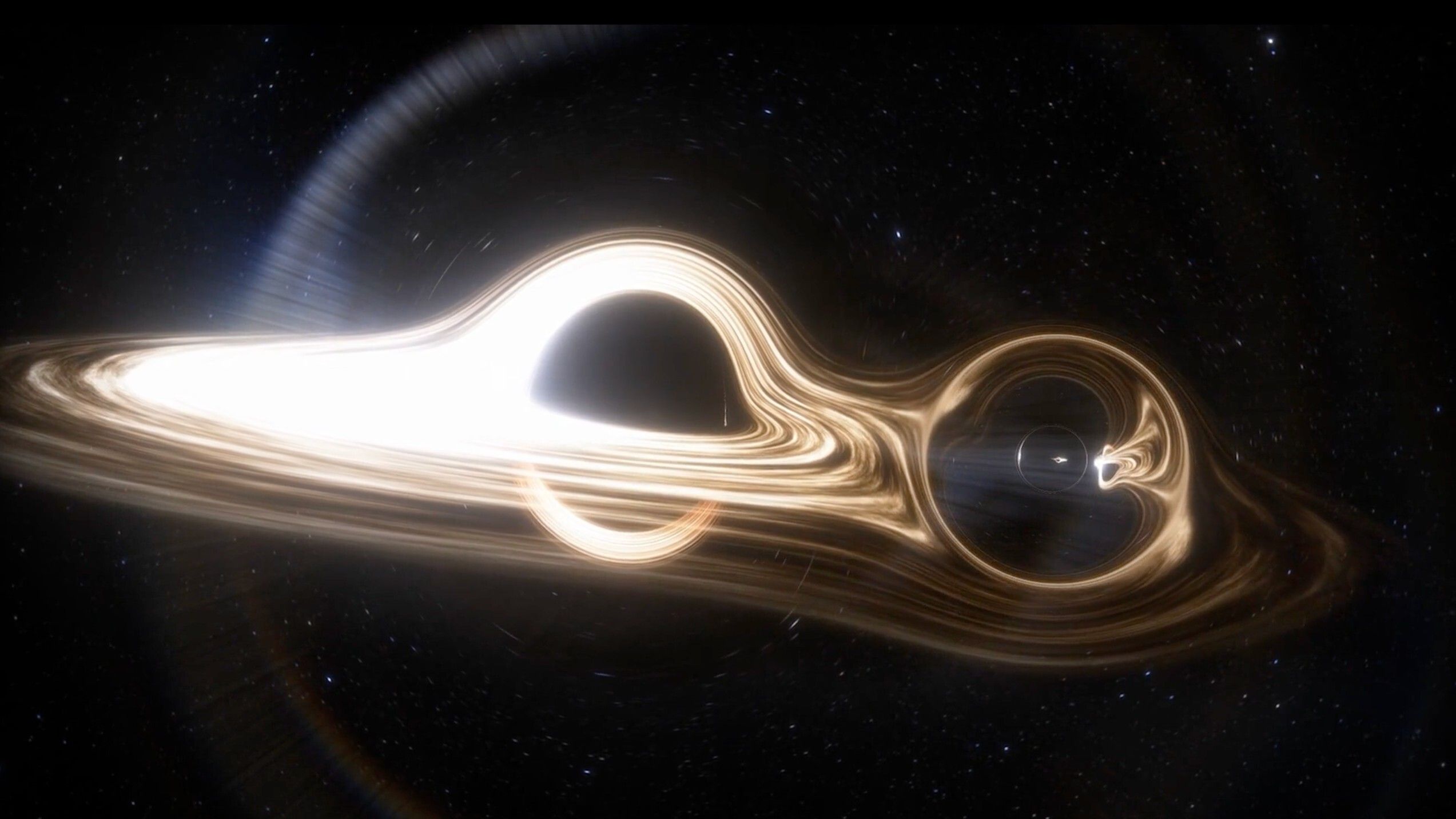Naked mole rats (Heterocephalus glaber) can live for around 30 years. Credit: Getty
Four subtle tweaks to an enzyme could help explain why naked mole rats’ can live for nearly 30 years, an unusually long lifespan for a creature its size.
The

Naked mole rats (Heterocephalus glaber) can live for around 30 years. Credit: Getty
Four subtle tweaks to an enzyme could help explain why naked mole rats’ can live for nearly 30 years, an unusually long lifespan for a creature its size.
The

Victoria GillScience correspondent, BBC News
 Washington Post via Getty Images
Washington Post via Getty ImagesThey are weird, bald, subterranean rodents that look like sausages with teeth, and they…
This request seems a bit unusual, so we need to confirm that you’re human. Please press and hold the button until it turns completely green. Thank you for your cooperation!
This request seems a bit unusual, so we need to confirm that you’re human. Please press and hold the button until it turns completely green. Thank you for your cooperation!
This request seems a bit unusual, so we need to confirm that you’re human. Please press and hold the button until it turns completely green. Thank you for your cooperation!

The interstellar comet 3I/ATLAS began blasting water “like a fire hose” before it was anywhere near the sun, according to a recent study.
Researchers observed the comet scattering water unusually early in a discovery that sheds light on how the…

For the first time ever, astronomers have imaged two black holes orbiting each other, finally offering visual proof for the existence of black hole pairs.
Spotted through the faint fluctuations of radio light captured by telescopes both on the…
This request seems a bit unusual, so we need to confirm that you’re human. Please press and hold the button until it turns completely green. Thank you for your cooperation!
This request seems a bit unusual, so we need to confirm that you’re human. Please press and hold the button until it turns completely green. Thank you for your cooperation!

Rare hereditary diseases can be identified in patients and specific mutations in tumour cells detected – DNA sequencing revolutionised biomedical research decades ago. In recent years, new sequencing methods (next-generation sequencing) in…